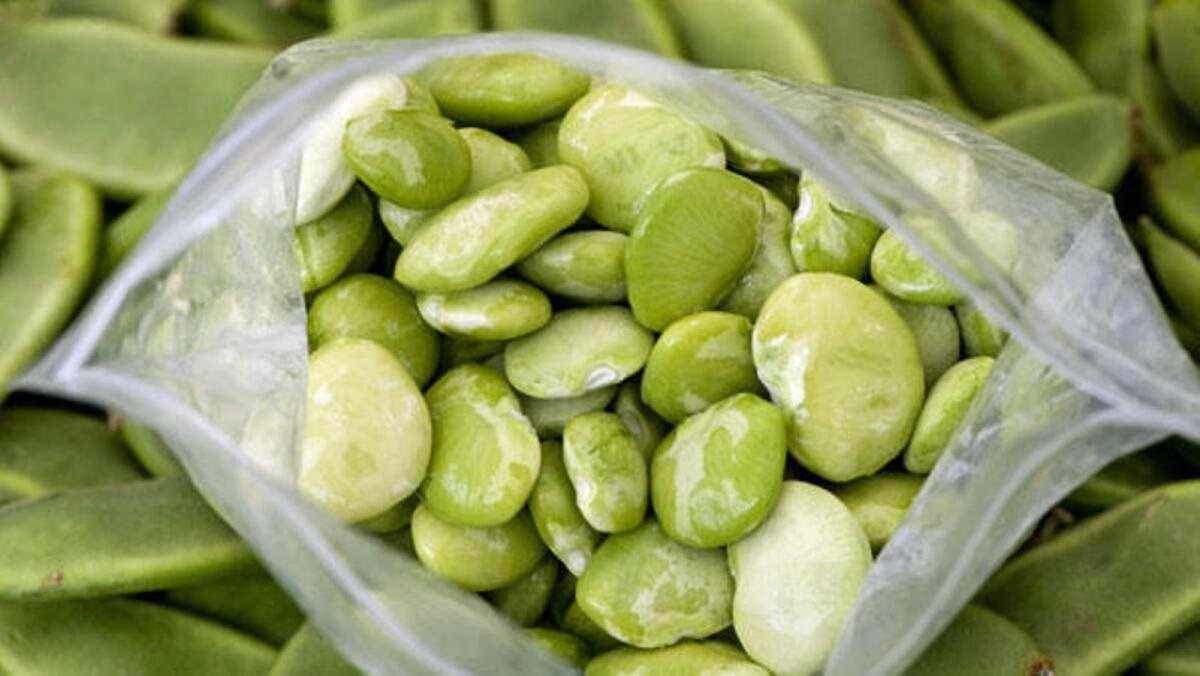

Articles
How To Store Fresh Lima Beans
Modified: August 25, 2024
Learn the best way to store fresh lima beans with our comprehensive articles. Keep them fresh and tasty for longer with our step-by-step guide.
(Many of the links in this article redirect to a specific reviewed product. Your purchase of these products through affiliate links helps to generate commission for Storables.com, at no extra cost. Learn more)
Introduction
Fresh lima beans, also known as butter beans, are a versatile and nutritious legume that can be enjoyed in a variety of dishes. Whether you’ve grown them in your garden or purchased them from a local farmer’s market, properly storing fresh lima beans is crucial to maintain their flavor and texture for future use.
In this article, we will guide you through the step-by-step process of storing fresh lima beans, allowing you to enjoy their taste and nutritional benefits long after they have been harvested. From cleaning and blanching to freezing and canning, we will explore different methods that will preserve the quality of your lima beans, while providing you with the flexibility to use them in your favorite recipes whenever you desire.
So, if you’re ready to learn how to store fresh lima beans like a pro, let’s dive in!
Key Takeaways:
- Preserve the flavor and texture of fresh lima beans by blanching, freezing, canning, or vacuum-sealing them for long-term storage. Enjoy the nutritional benefits and versatility of these legumes year-round!
- Harvest, clean, and store fresh lima beans using various methods such as refrigeration, freezing, canning, and vacuum-sealing to ensure their quality and availability for your favorite recipes.
Read more: How To Germinate Lima Beans Indoors
Step 1: Harvesting fresh lima beans
Harvesting fresh lima beans is an exciting process as it allows you to reap the rewards of your hard work in the garden. Here’s how you can ensure a successful harvest:
- Monitor the plants: Lima beans are typically ready to be harvested when the pods are fully developed but still tender. Keep a close eye on your plants and look for signs of maturity, such as pods that are plump and firm.
- Check the color: The color of the pods can also indicate readiness. Depending on the variety, lima bean pods may be green, white, or a combination of both. Pick the pods when they have reached their distinct color and have a glossy appearance.
- Test the pod texture: Gently squeeze the pod to assess its texture. It should feel firm but not rock-hard. Avoid harvesting overripe pods that feel too soft or have started to yellow.
- Use a knife or scissors: When it’s time to harvest, use a sharp knife or scissors to cut the pods from the plant. This method prevents any unnecessary damage to the vines or nearby pods.
- Harvest in the morning: For the best flavor and texture, it’s recommended to harvest lima beans in the morning when the temperatures are cooler. This helps to preserve their freshness and sweetness.
Once you have gathered your fresh lima beans, it’s important to proceed to the next step promptly to ensure their quality and prevent spoilage.
Step 2: Cleaning and preparing the lima beans for storage
Before storing fresh lima beans, it’s essential to clean and prepare them properly. Follow these steps to ensure your beans are ready for storage:
- Shell the beans: If you haven’t already, remove the lima beans from their pods. Gently squeeze the pod until it splits open, then extract the beans inside.
- Sort through the beans: Lay out the lima beans and discard any discolored, shriveled, or damaged ones. This step helps ensure that only the highest quality beans are stored.
- Rinse the beans: Place the lima beans in a colander and rinse them thoroughly under cool, running water. Use your hands to gently rub the beans and remove any dirt or debris that may be present.
- Drain excess water: After rinsing, allow the beans to drain in the colander for a few minutes. Shake the colander gently to remove any excess water.
By cleaning and preparing the lima beans properly, you remove any impurities and ensure that only the freshest beans are stored. This step sets the foundation for maintaining the quality of your lima beans during the storage process.
Step 3: Blanching the lima beans
Blanching is a crucial step in the process of storing fresh lima beans. By blanching, you can preserve their color, texture, and nutritional value. Follow these steps to blanch your lima beans:
- Bring a large pot of water to a boil: Fill a pot with enough water to fully submerge the lima beans. Place the pot on the stove and bring it to a rolling boil.
- Add the lima beans to the boiling water: Carefully lower the lima beans into the boiling water using a slotted spoon or a mesh strainer. Ensure that the beans are fully submerged.
- Blanch the beans for a specific time: The blanching time depends on the size of the lima beans. Small beans may require 2-3 minutes, while larger beans may need 4-5 minutes. Consult a reliable recipe or blanching chart for the exact timing.
- Prepare an ice bath: While the lima beans are blanching, prepare a large bowl or sink filled with ice and water. This will serve as an ice bath to cool down the beans quickly after blanching.
- Transfer beans to the ice bath: Using a slotted spoon or the mesh strainer, transfer the blanched lima beans from the boiling water directly into the ice bath. Ensure that all the beans are immersed in the ice water.
- Cool the beans completely: Allow the lima beans to cool in the ice bath for the same amount of time they were blanched. This process stops the cooking process and helps retain their vibrant color and crisp texture.
- Drain and pat dry: Once the beans have cooled completely, remove them from the ice bath and drain in a colander. Pat them dry gently with a clean kitchen towel or paper towels.
Blanching not only helps extend the shelf life of the lima beans but also preserves their flavor, color, and nutrients. This step is crucial for storing fresh lima beans successfully.
Step 4: Freezing fresh lima beans
Freezing is one of the most popular methods for storing fresh lima beans. Follow these steps to freeze your lima beans:
- Spread the beans on a baking sheet: Lay the blanched and dried lima beans in a single layer on a baking sheet. This allows for individual freezing and prevents the beans from clumping together.
- Flash freeze the beans: Place the baking sheet in the freezer and let the beans freeze for a few hours or until they are firm. This step helps to prevent them from sticking together during long-term storage.
- Transfer to freezer-safe containers: Once the beans are frozen, transfer them to freezer-safe containers, such as resealable plastic bags or airtight containers. Remember to label the containers with the date of freezing.
- Remove excess air: If using plastic bags, squeeze out as much air as possible before sealing. This minimizes the risk of freezer burn and helps keep the beans in optimal condition.
- Store in the freezer: Place the containers of lima beans in the freezer, making sure they are stacked or stored in an organized manner. This allows for easy retrieval and prevents them from shifting or getting crushed.
Frozen lima beans can be stored for up to 12 months in the freezer. When you’re ready to use them, simply remove the desired amount from the freezer and thaw them in the refrigerator or immerse them in cold water until they defrost completely. Frozen lima beans are a convenient option for adding to soups, stews, and other dishes throughout the year.
Note: It’s a good idea to blanch and freeze the lima beans in small batches so you can easily take out the amount you need without thawing the entire batch.
After harvesting, remove the beans from their pods and store them in an airtight container in the refrigerator for up to 5 days. Alternatively, you can blanch and freeze them for longer storage.
Read more: How To Store Fresh String Beans
Step 5: Storing fresh lima beans in the refrigerator
If you plan to use your fresh lima beans within a week, storing them in the refrigerator is an excellent option to maintain their quality. Here’s how you can store fresh lima beans in the refrigerator:
- Place the beans in a perforated plastic bag: Transfer the cleaned and dried lima beans into a perforated plastic bag or a container with holes. This allows for proper air circulation, preventing moisture buildup and extending the shelf life of the beans.
- Seal the bag or container: Close the bag or container securely, ensuring that it is well-sealed to protect the beans from absorbing any odors or flavors from other foods in the refrigerator.
- Store in the crisper drawer: Place the bag or container of lima beans in the crisper drawer of your refrigerator. This section is designed to maintain optimal humidity levels, which helps to prolong the freshness of fruits and vegetables.
- Check and remove any spoiled beans: Regularly inspect the lima beans for any signs of spoilage, such as mold or an unpleasant odor. Remove any spoiled beans promptly to prevent them from affecting the rest of the batch.
When stored properly in the refrigerator, fresh lima beans can last for up to 7 days. However, it’s important to note that the flavor and texture of the beans may deteriorate over time. It’s recommended to consume them as soon as possible for the best quality and taste.
Storing fresh lima beans in the refrigerator is a convenient option when you have a smaller quantity and intend to use them relatively quickly. It allows you to keep them fresh and readily available for your culinary creations.
Step 6: Canning fresh lima beans
Canning is a popular method for long-term preservation of fresh lima beans. When properly canned, these beans can be stored for extended periods, allowing you to enjoy their delicious flavors throughout the year. Here’s how to can fresh lima beans:
- Prepare the lima beans: Start by cleaning and preparing the lima beans as mentioned before. Remove any damaged or discolored beans and rinse them thoroughly.
- Choose the canning method: There are two main canning methods to choose from: water bath canning and pressure canning. Water bath canning is suitable for acidic foods, while pressure canning is recommended for low-acid foods like lima beans. Follow the specific instructions for your chosen method.
- Prep the jars and lids: Sterilize the canning jars and lids according to the manufacturer’s instructions. Ensure they are clean, hot, and ready for filling.
- Fill the jars with lima beans: Pack the boiled lima beans tightly into the sterilized jars, leaving about 1 inch of headspace at the top. Ensure there are no air bubbles in the jars.
- Prepare the canning liquid: In a separate pot, prepare a canning liquid by combining water, salt, and any desired seasonings. Bring the mixture to a boil.
- Fill the jars with the canning liquid: Pour the boiling canning liquid over the packed lima beans, maintaining the 1-inch headspace. Use a clean utensil to remove any trapped air bubbles.
- Secure the lids: Wipe the jar rims clean and place the sterilized lids on top. Screw the bands on until they are fingertip tight.
- Process the jars: Follow the specific processing instructions provided for your canning method. Water bath canning typically involves submerging the jars in boiling water for a specified time, while pressure canning requires processing at a specific pressure for a specific duration.
- Remove and cool the jars: Once the processing time is complete, carefully remove the jars from the canner and place them on a towel-lined countertop. Allow them to cool undisturbed for 12-24 hours.
- Check the seal and store: After cooling, check the lids for a proper seal. Any unsealed jars should be refrigerated and consumed within a few days. The properly sealed jars can be stored in a cool, dark place for up to a year or as recommended by canning guidelines.
Canning fresh lima beans allows you to have a convenient pantry staple that can be easily incorporated into your favorite recipes. The process ensures the beans retain their flavor and texture, providing you with a taste of summer all year round.
Step 7: Drying fresh lima beans
Drying fresh lima beans is another method to store them for longer periods. Dried beans are shelf-stable and can be easily stored in your pantry for several months. Follow these steps to dry fresh lima beans:
- Harvest and shell the beans: Start by harvesting mature lima bean pods and shelling them to extract the beans.
- Sort and clean the beans: Discard any discolored, damaged, or undersized beans. Rinse the beans under cool running water to remove any dirt or debris.
- Pre-soaking (optional): Some people prefer to pre-soak lima beans overnight before drying them. This step can help reduce cooking time when you’re ready to use them. If you choose to pre-soak, drain the beans and dry them thoroughly before proceeding to the next step.
- Spread the beans for drying: Place the beans on a clean, flat surface such as a drying rack, baking sheet, or mesh screen. Avoid overcrowding the beans, as good airflow is essential for the drying process.
- Allow the beans to air dry: Place the beans in a well-ventilated area away from direct sunlight. Stir or turn them occasionally to ensure even drying. Depending on the humidity and temperature, it may take about 1-2 weeks for the beans to dry completely.
- Test for dryness: To check if the beans are thoroughly dried, break a bean in half. It should snap easily and be hard and brittle. If the bean is pliable or shows any signs of moisture, it needs more drying time.
- Store the dried beans: Once the lima beans are completely dry, store them in airtight containers, such as glass jars or ziplock bags. Place the containers in a cool, dry location away from light and moisture.
Dried lima beans can be rehydrated and used in a variety of dishes, including soups, stews, salads, and side dishes. Always remember to soak and cook dried lima beans thoroughly before consumption to ensure they are properly hydrated and safe to eat.
Drying fresh lima beans is a fantastic option if you want to have a readily available and versatile ingredient in your pantry. With proper storage, you can enjoy the rich, earthy flavors of lima beans throughout the year.
Step 8: Using vacuum-sealed bags for storage
Using vacuum-sealed bags is an excellent method to store fresh lima beans for an extended period while maintaining their quality and flavor. Vacuum-sealing removes air from the bags, preventing the beans from exposure to oxygen and moisture, which can lead to spoilage. Follow these steps to store fresh lima beans using vacuum-sealed bags:
- Ensure the beans are clean and dry: Before vacuum-sealing, make sure the lima beans are thoroughly cleaned and dried. Any excess moisture can lead to the growth of mold or bacteria.
- Divide the beans into portion-sized packs: Divide the lima beans into portion sizes that you’ll likely use in one sitting. This way, you can easily thaw and use only what you need without exposing the rest of the beans to air.
- Place the beans in vacuum-sealed bags: Transfer the portioned lima beans into the vacuum-sealed bags, leaving some space at the top for sealing. Avoid overfilling as it may prevent a proper seal.
- Seal the bags using a vacuum sealer: Place the open end of the bag into a vacuum sealer and follow the instructions provided by the manufacturer to seal the bag airtight. The vacuum sealer will remove the air and create a tight seal.
- Label and date the bags: It’s crucial to label the vacuum-sealed bags with the contents and date of storage. This will help you keep track of their freshness and easily identify them in your pantry or freezer.
- Store the vacuum-sealed bags: Place the sealed bags of lima beans in a cool, dark, and dry location. If storing in the freezer, ensure they are arranged in an organized manner for easy retrieval.
Vacuum-sealed fresh lima beans can be stored in the refrigerator for up to 2 weeks and in the freezer for up to a year. When you’re ready to use the beans, simply thaw them in the refrigerator or cook them directly from frozen, depending on your recipe.
The vacuum-sealing method is also suitable for preserving other types of food, such as meat, fruits, and vegetables, allowing you to maintain their freshness for longer periods. It’s a great investment for those who frequently store food items.
Read more: How To Store Black Beans
Conclusion
Storing fresh lima beans properly is essential to preserve their taste, texture, and nutritional value. Whether you have grown them in your garden or purchased them from a local market, following the right storage methods will ensure that you can enjoy these delicious legumes long after they have been harvested.
In this article, we have covered various methods for storing fresh lima beans. From cleaning and blanching to freezing, canning, drying, and vacuum-sealing, each method offers unique benefits and allows you to choose the best option based on your needs and preferences.
If you have a smaller quantity of lima beans and intend to use them within a week, storing them in the refrigerator is a convenient option. Make sure to clean them thoroughly, place them in a perforated plastic bag, and store them in the crisper drawer.
For long-term storage, freezing, canning, and drying are excellent choices. Freezing the beans after blanching and flash freezing preserves their flavor and texture, making them easy to incorporate into various recipes throughout the year. Canning the lima beans in jars or drying them until fully dehydrated provides an enduring and pantry-stable storage option.
If you prefer vacuum-sealing, this method creates an airtight environment that prevents the lima beans from exposure to oxygen and moisture, ensuring their long-term freshness and quality.
Remember to label and date your stored lima beans to keep track of their freshness. Regularly inspect and remove any spoiled beans to prevent them from affecting the remaining batch.
By following these storage methods, you can enjoy the taste and nutritional benefits of fresh lima beans even when they are out of season. So, whether you plan to use them in soups, stews, salads, or as a side dish, you can always have a supply of delicious lima beans on hand.
So go ahead and store your fresh lima beans properly, and relish the flavors of these versatile legumes all year round!
Frequently Asked Questions about How To Store Fresh Lima Beans
Was this page helpful?
At Storables.com, we guarantee accurate and reliable information. Our content, validated by Expert Board Contributors, is crafted following stringent Editorial Policies. We're committed to providing you with well-researched, expert-backed insights for all your informational needs.


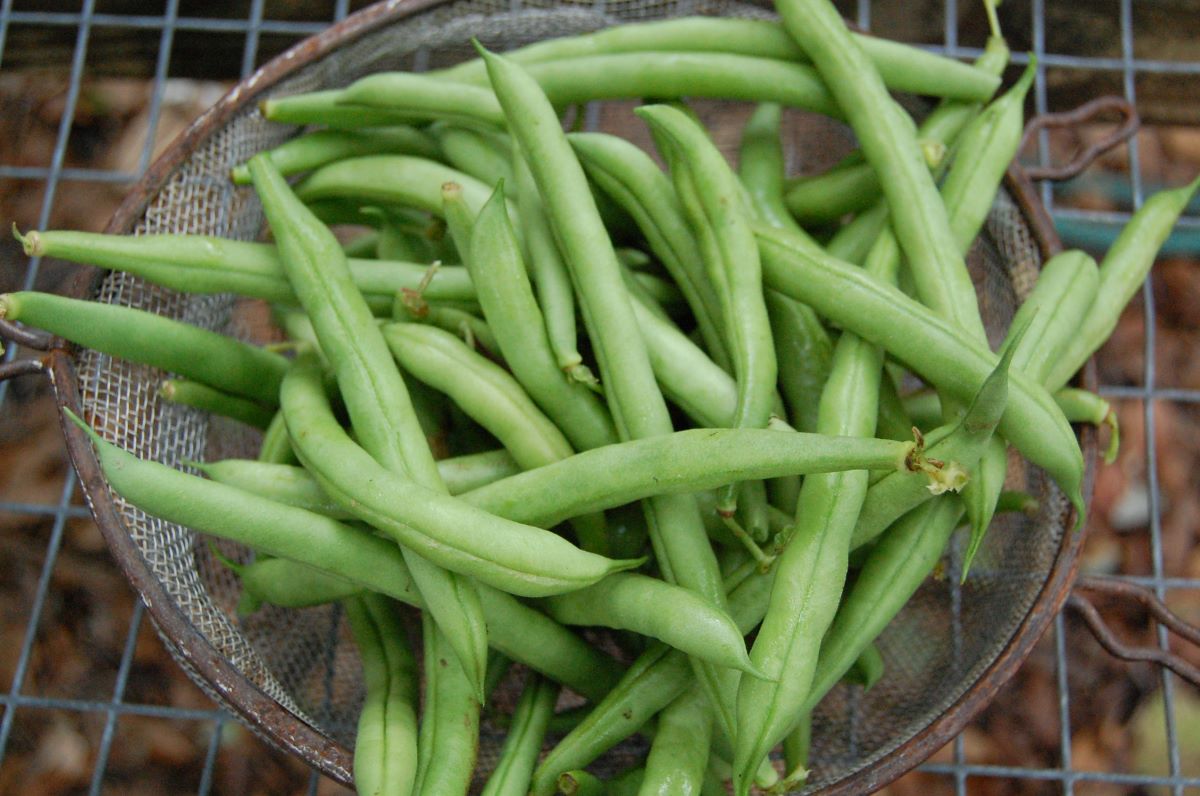
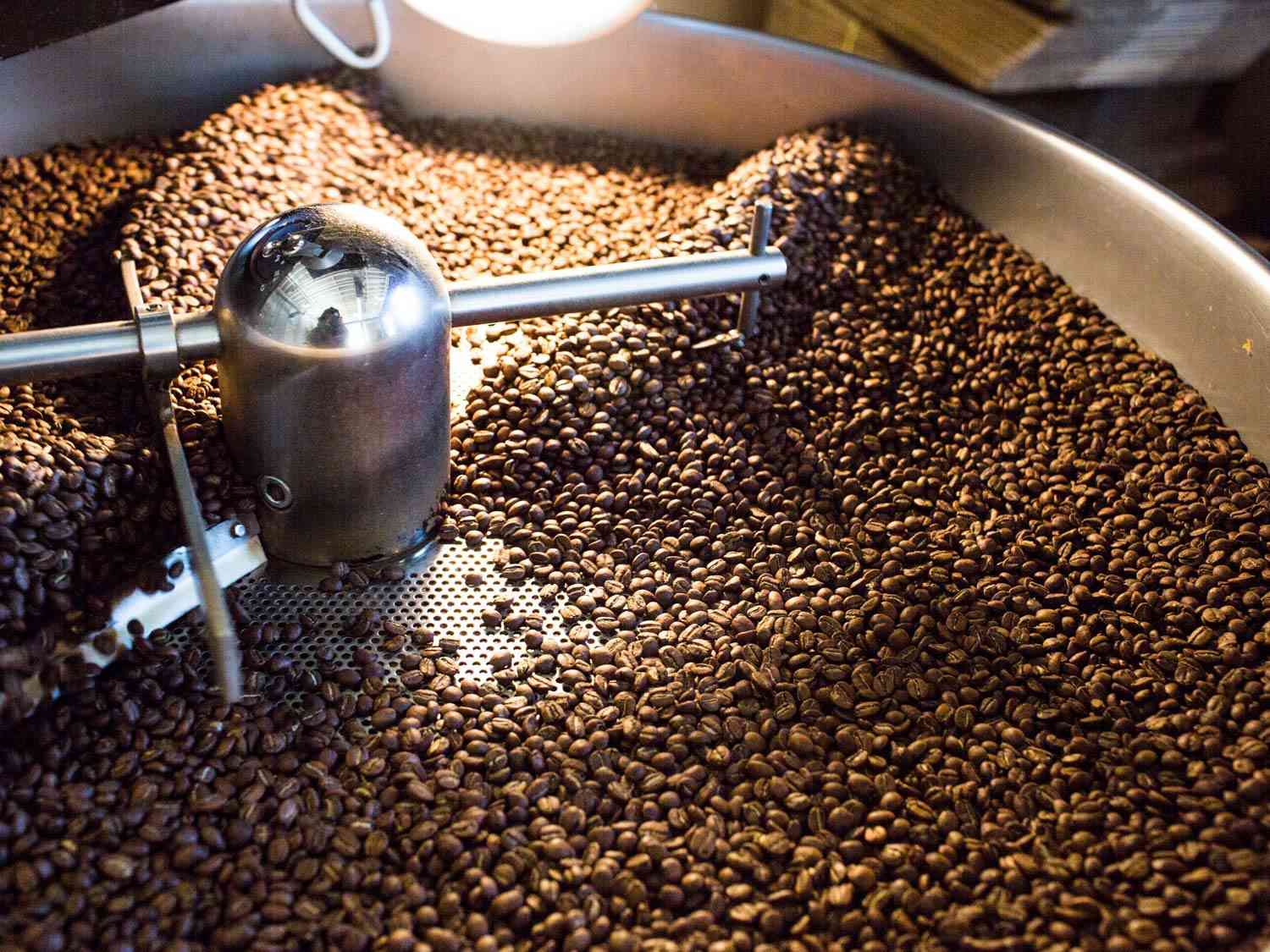
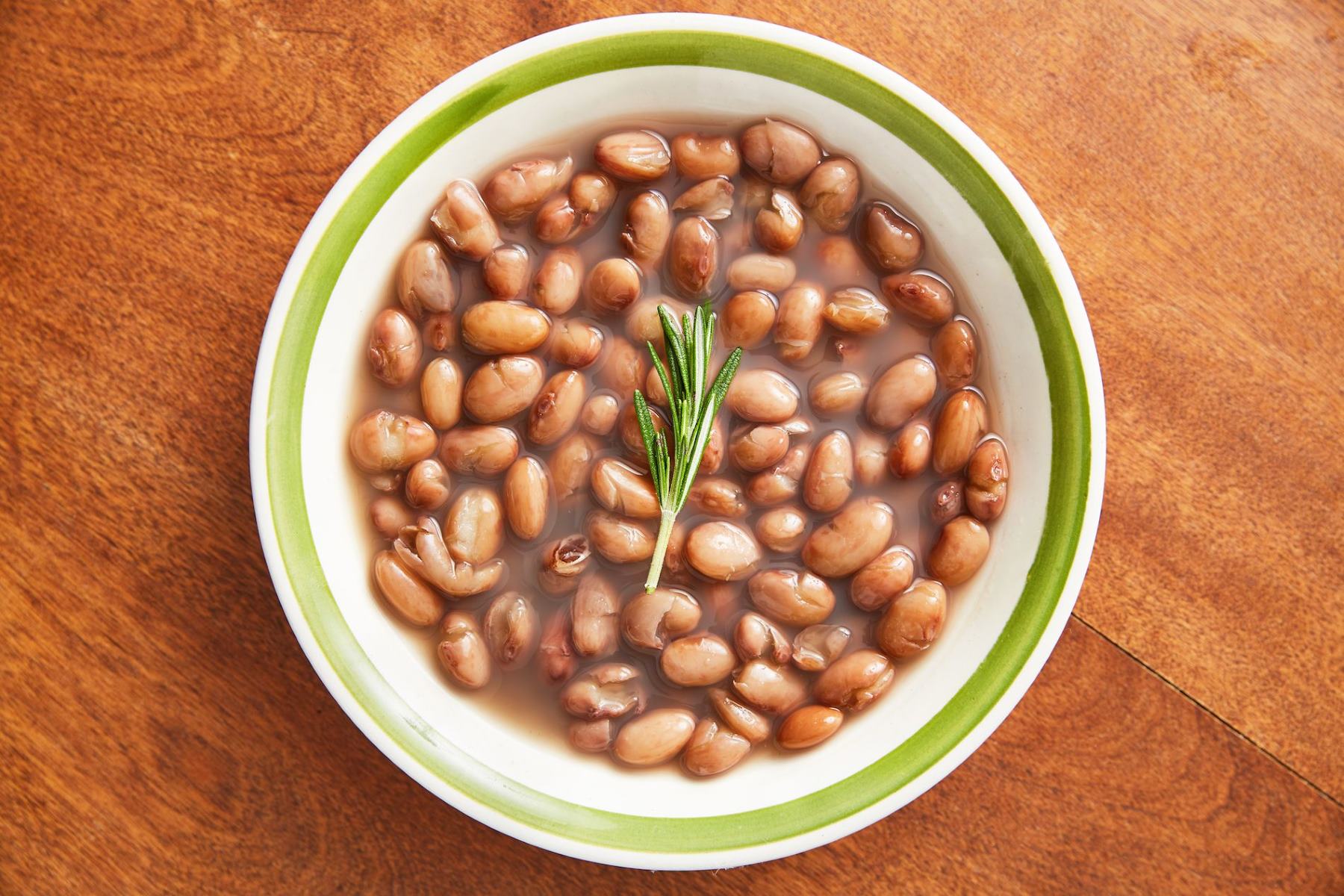
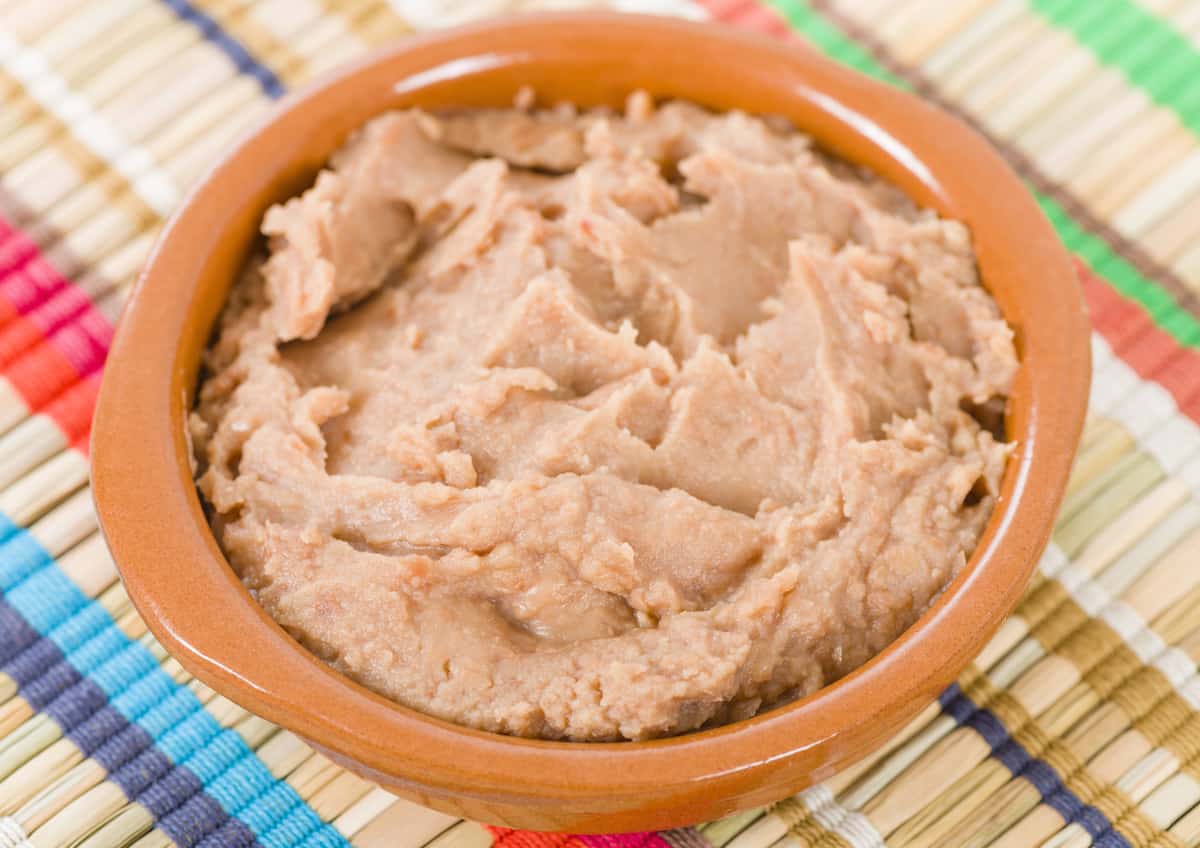
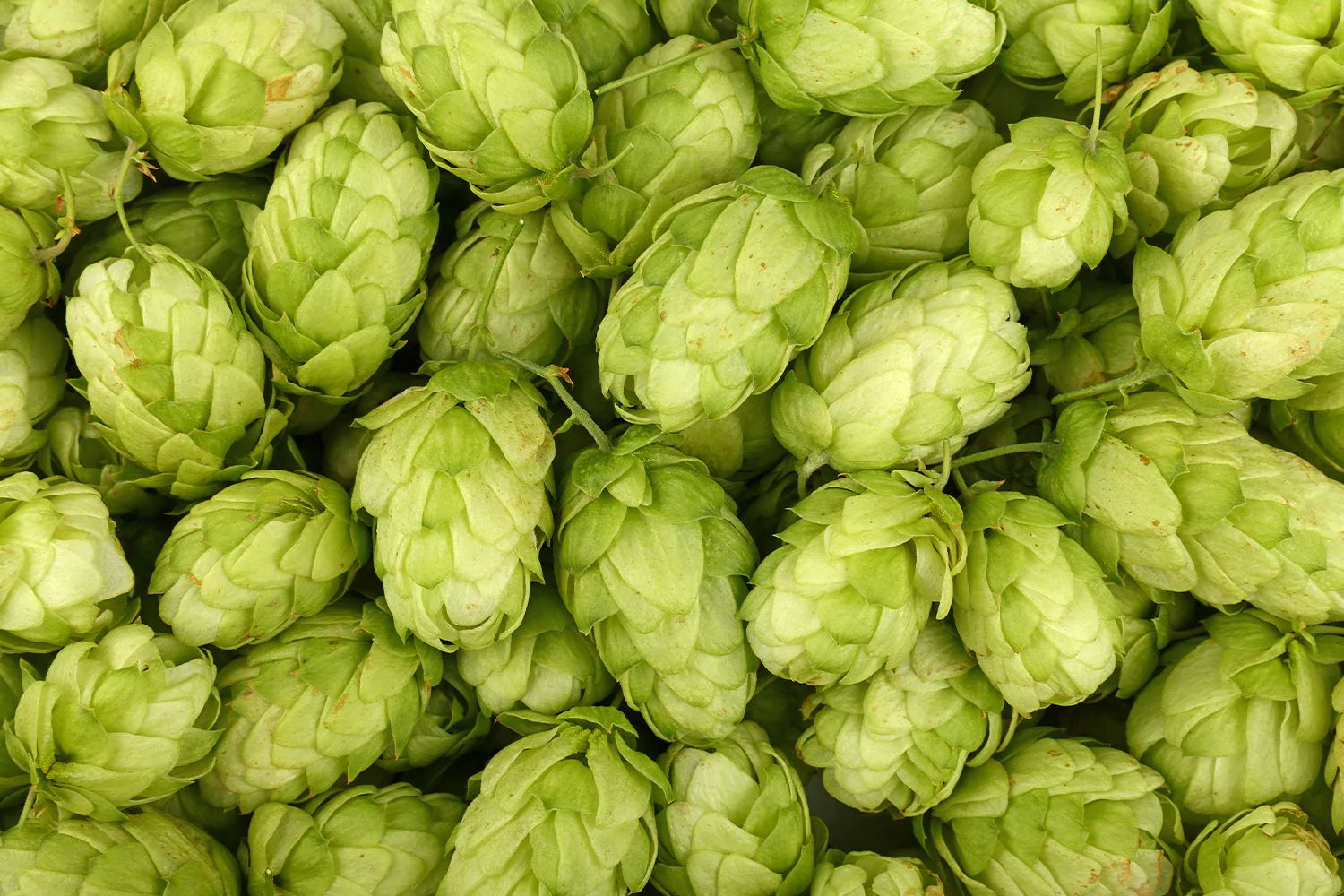

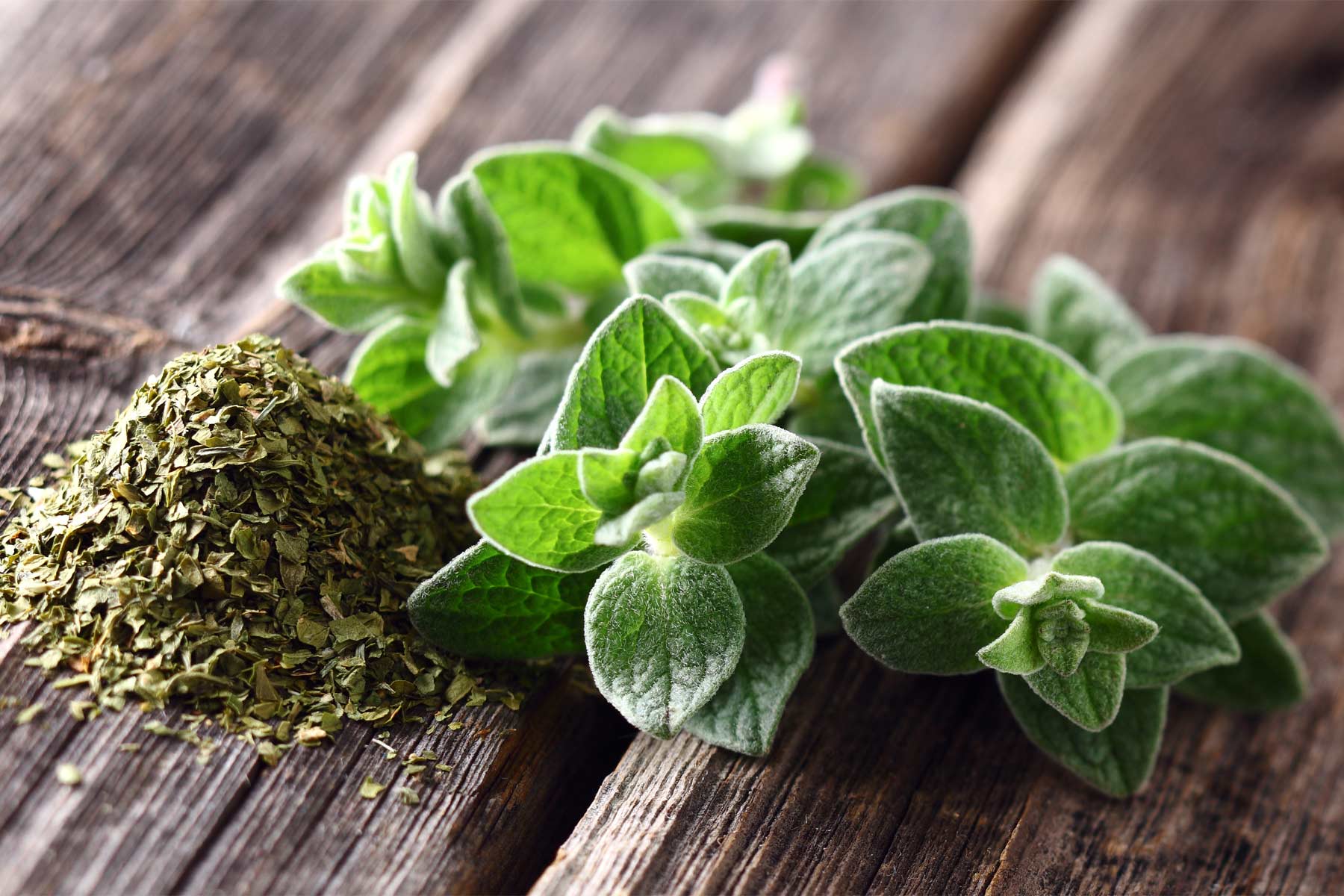
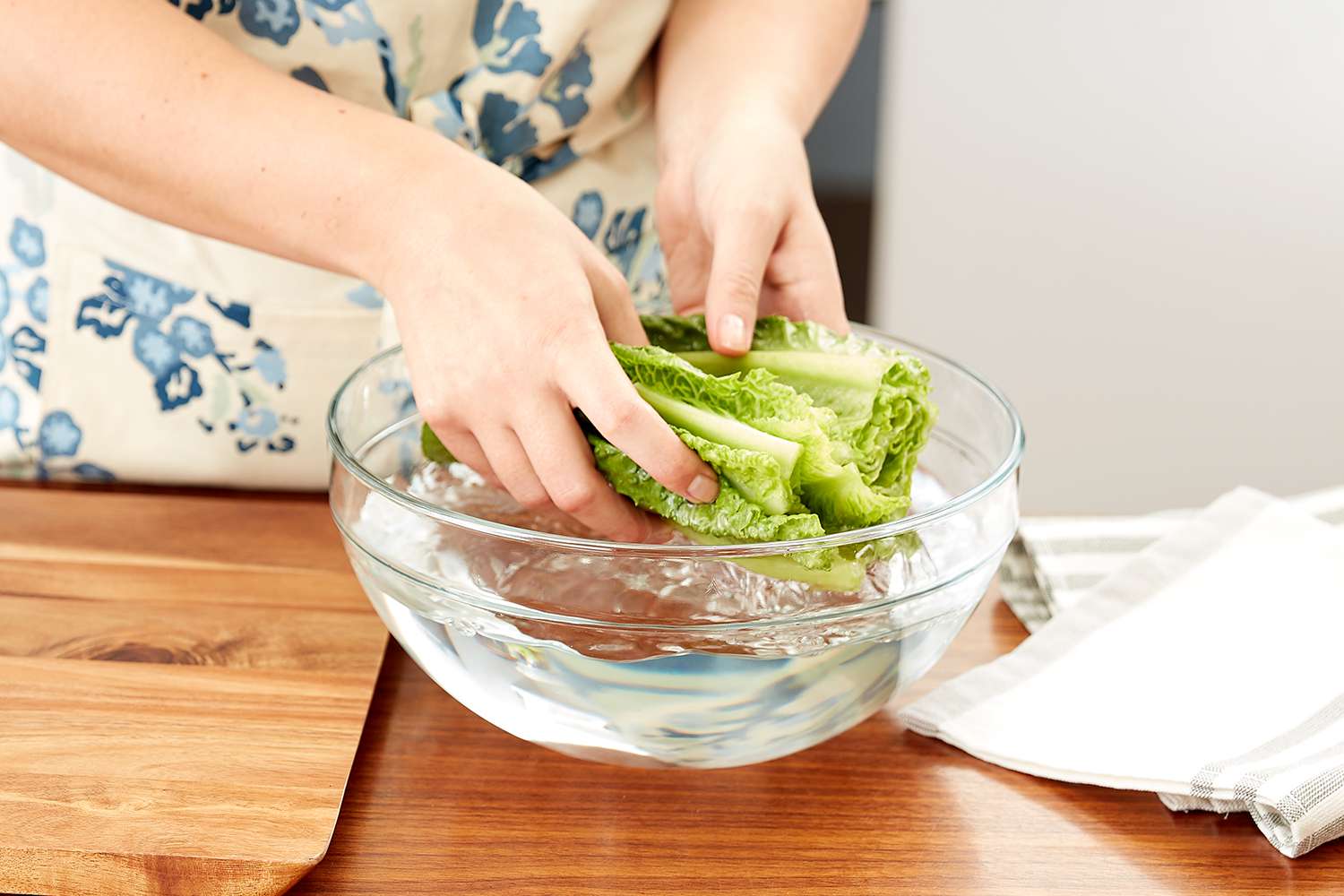
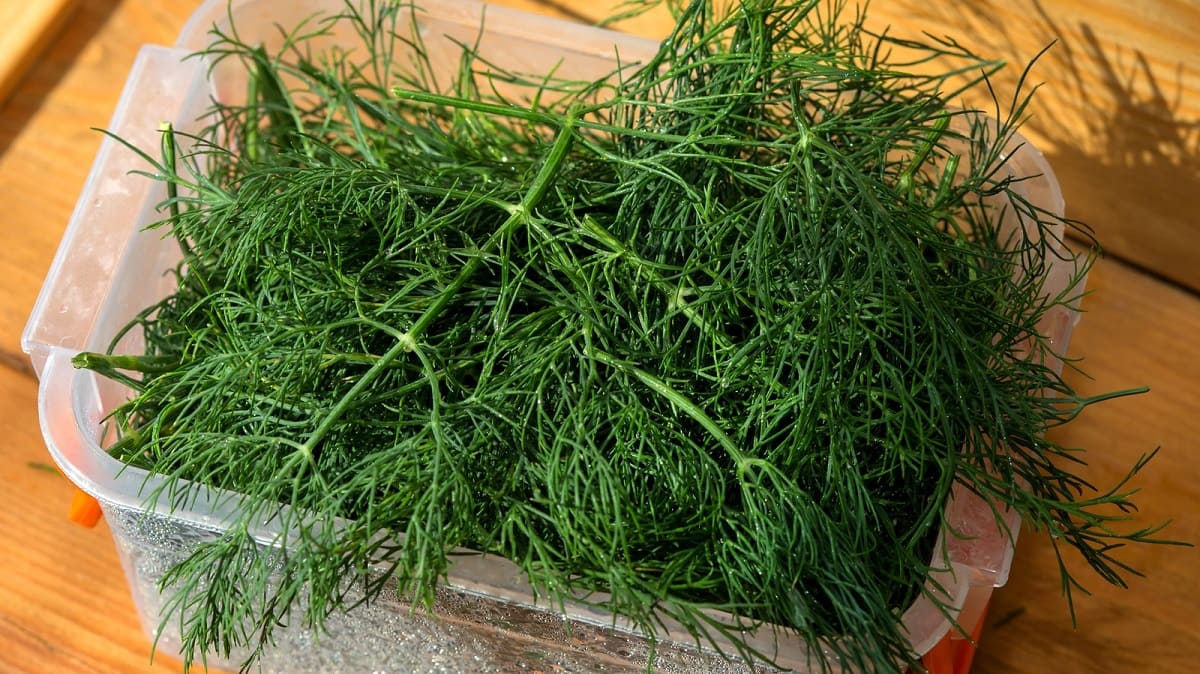
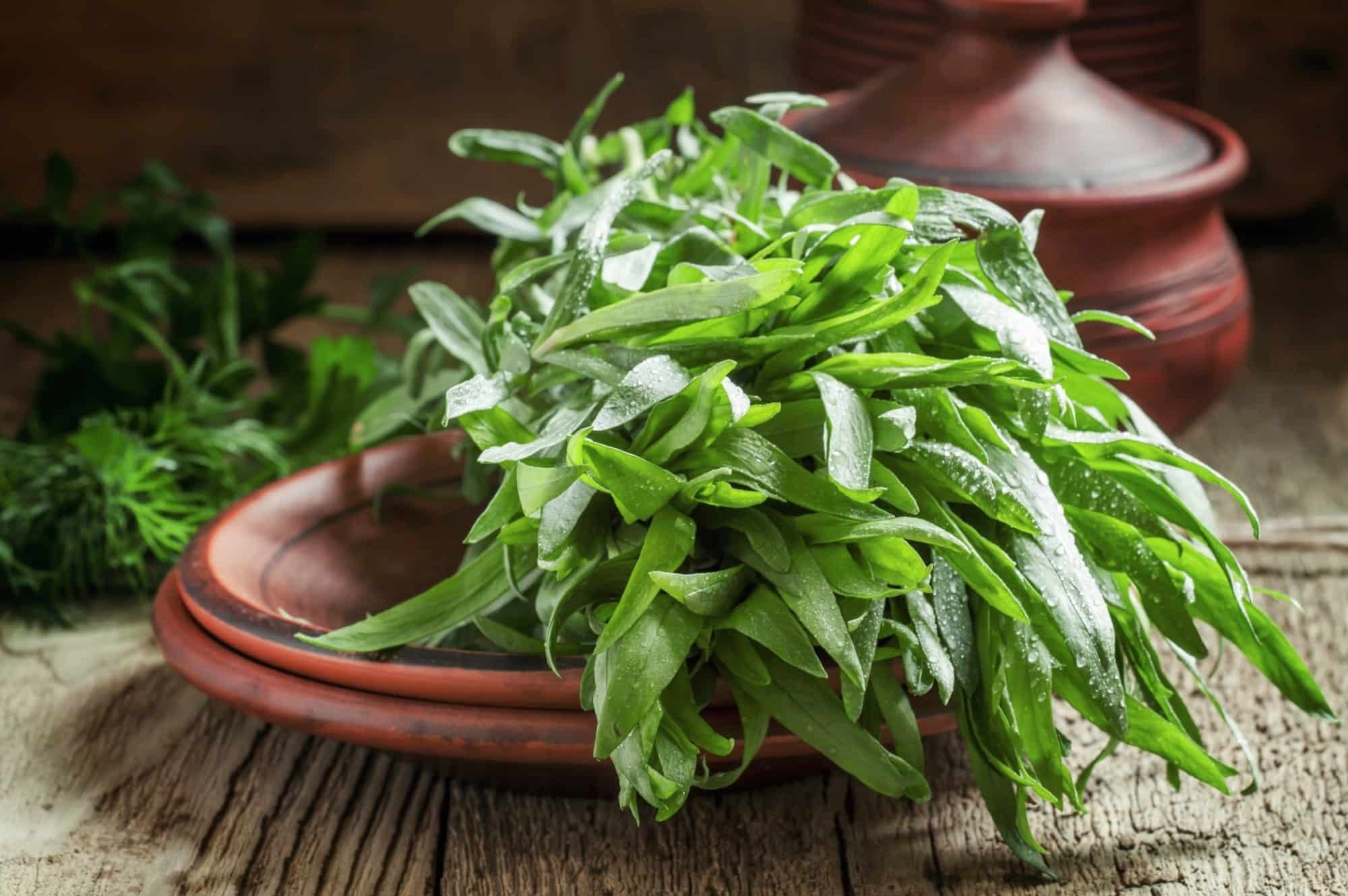
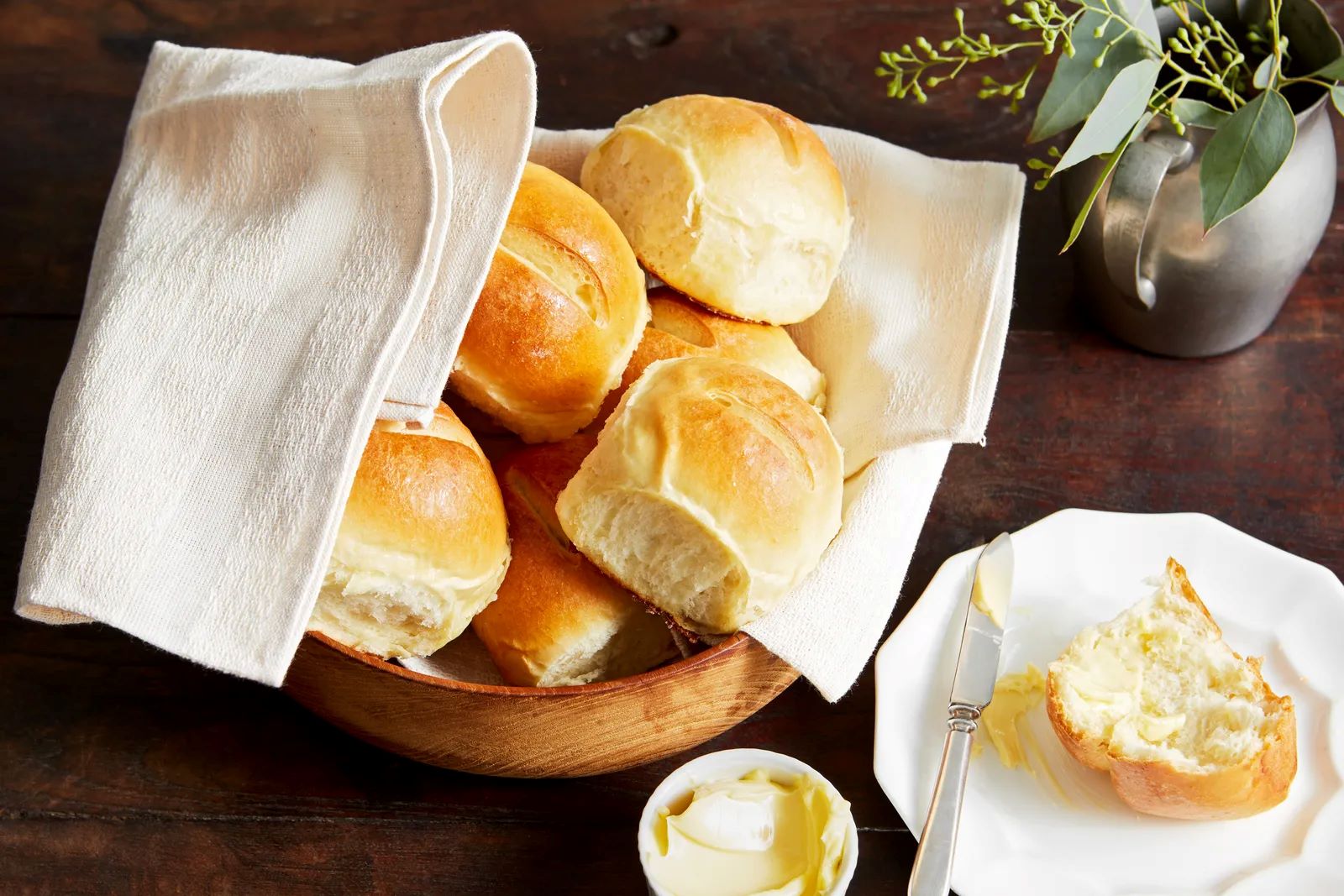

0 thoughts on “How To Store Fresh Lima Beans”